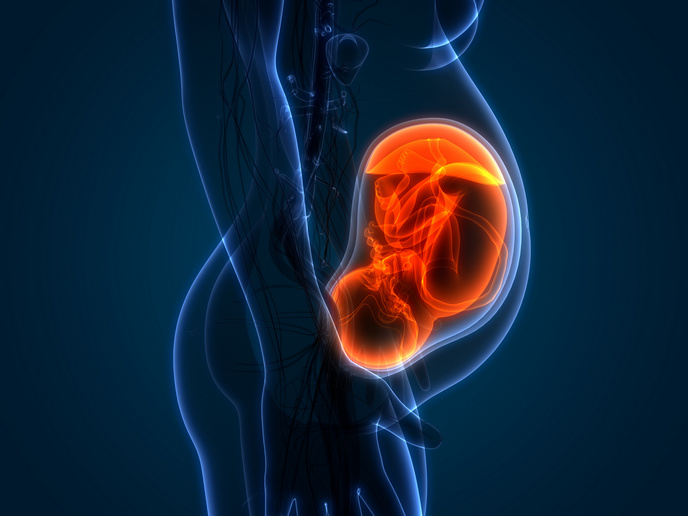The two faces of intestinal epithelial cell function
IECs are the main barrier against gut pathogens but mechanisms for regulation of innate immunity are incompletely understood. The EU-funded IIIECS project has investigated the equilibrium that enables tolerance of commensal microbiota in the intestine while being efficient guardians against infection. Previous research by the project found that IECs could generate a different innate immune response upon viral infection, depending on where the infection originates from – apical or basolateral. Moreover, infection of the cells from the apical plasma membrane (gut lumen) renders IECs less responsive to subsequent viral infection. The researchers found that the polarised nature of the IECs is key to mediate gut homeostasis. Their apical sides are in constant contact with the commensal flora in the lumen while their basolateral side face the thin, sterile lamina propria that lies beneath the epithelium. IIIECS scientists used human primary non-transformed IECs in mini-gut organoids to investigate immune responses. They found that IECs mount a distinct immune response as a function of infection side (apical vs basolateral). Moreover, the project identified the mechanisms that lead to this asymmetric response as well as novel functions of cytokines to regulate immune response in the human gut. Reported in Frontiers in Immunology, research results describe how human IECs specifically regulate their innate immune response favouring type III interferon-mediated signalling. This allows for efficient protection against pathogens without producing excessive inflammation and enables the required spatial segregation of signalling – key to maintaining gut homeostasis. In parallel to these findings, the team used the mammalian reovirus, responsible for diarrhoea in humans, as a model enteric virus. Novel strategies developed by this virus were observed that enabled efficient infection of the gastrointestinal tract. IBS is one of the most common intestinal disorders and affects about 10 % of people globally. IIIECS research results could help delineate the precise molecular changes that cause this often distressing and debilitating condition and aid in finding therapies.







